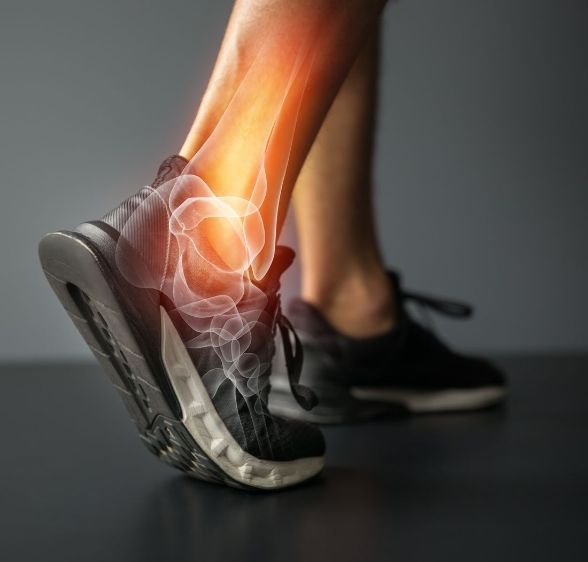Melbourne's busy lifestyle takes its toll on our feet. It means we need the right footwear more than ever. It's essential not just for comfort but injury prevention, particularly when it comes to the feet and ankles. With the proper shoes, you can walk, run, or stand in them all day with no problems. But here's the kicker: I've learned that with my feet, it really is "a proper shoe" and not just "proper shoes." Even among the daily and sporting activities I do, there's really only one type of shoe that's best for my feet. Whether you share that same foot with me or not, I suspect this rehash can serve as a helpful guide, particularly for those foot types that muddle out across the potholed road of pronation.
Correct Size:
The shoes must fit properly to avoid discomfort. For most people, the ideal fit is just snug enough to keep the shoes on without slipping. You should be able to slide a fingertip between the arch of the foot and the shoe; if the shoe were much larger, you wouldn't be able to keep it on while walking or running. The shoe should also have enough length, so you don't bump your toes into the front of the shoe with your natural walking stride or when the foot tends to expand a bit during the day (which indeed happens for most people).
Key Features of Good Shoes
The different weather conditions in Melbourne make it necessary to choose shoes that are made from a variety of materials for either breathability or waterproofing. The way these materials corset together will affect not only the look of the shoe but also how comfortable and how much support the shoe will provide for the foot. Breathable materials like leather or canvas will allow air to circulate and keep the feet dry, thus reducing the risk of infections like athlete's foot. Waterproofing is another aspect that may need to be considered if your shoe is to maintain comfort across Melbourne's sometimes dreary weather.
Support & Material:
The weather in Melbourne can be quite changeable and ranges from hot summer days to cold winter ones. It's best to have a few different types of shoes that you can wear depending on the weather conditions. Breathable shoes without insulation are fine for summer, but you're going to want footwear with some serious insulation and waterproofing if you're out in the kind of windy, wet weather we usually get in winter. And if you're doing sports, each one is going to have its own specific type of shoe that gives you the support and protection you need for your particular activity.
Regular Replacement:
Replacing your shoes consistently is vital. Shoes, even the finest, eventually lose their spring and support; the cushions compact, and the structures bend; it's like the energy-depleting foam you see in a worn-out mattress. For runners, most experts peg the useable lifespan of a shoe at 400 to 500 miles. The best way to figure out the right "replace by" time for your specific shoe is to keep a careful log of the miles you put on it. Of course, the proper fit and function of a shoe are key to foot health; but the amount (and type) of running you do, the surface you do it on, and your running gait all determine what shoe will serve you best.
